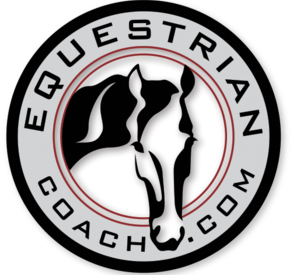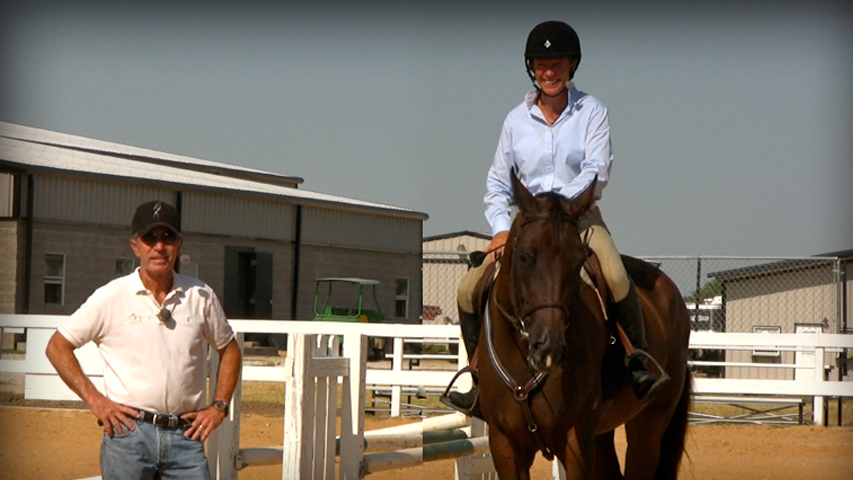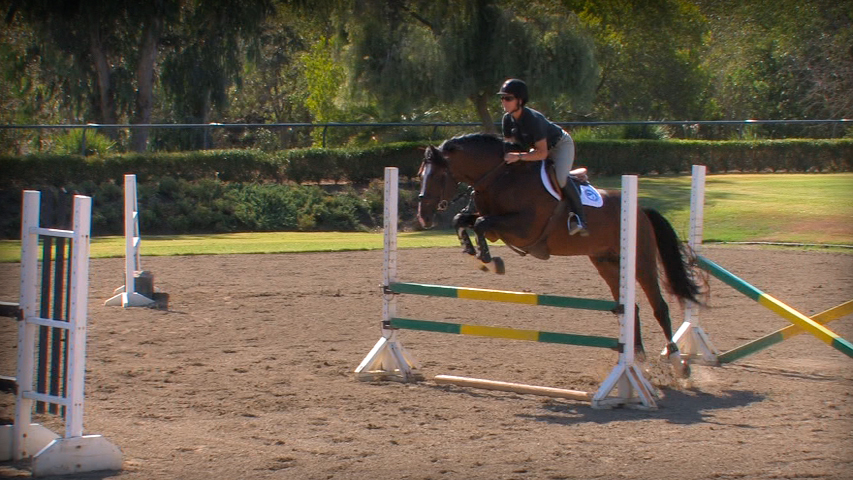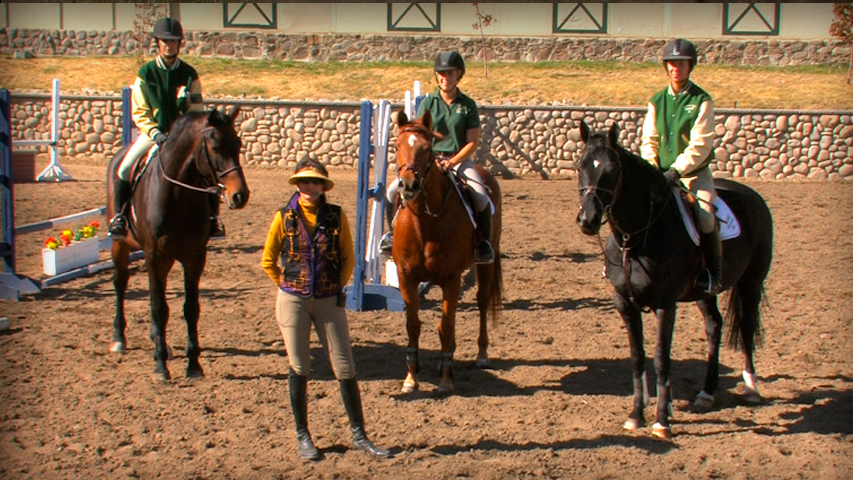Linda Allen
- 18 Oct, 2017
- 0 Comments
- 5 Mins Read
Stop Your Horse From Stalling in the Air Over a Jump
Submitted by member: Krissan
What are some exercises to reduce hang time/stalling in the air and the subsequent loss of impulsion upon landing?
Answer by Linda Allen
This is an interesting question that I believe requires a bit of context to give you the right advice. Are you speaking about a fairly young or green horse? Or, is it a more seasoned one whose job it is to be more competitive over low fences for a junior or adult amateur?
If we are speaking of a younger, greener horse whose future is jumping bigger fences, what you consider a ‘problem’ now might turn out to be one of the qualities that make for a far better horse for the future. Talented, and especially careful, horses often jump too high in their early years due to their desire not to touch the poles. This desire to jump clean is something to be valued. Discouraging it in a youngster is not a good idea, even though it might add a bit of time onto the development for some horses. Green horses always do what comes the most naturally for them. Some find it easiest to be very quick and tidy with their legs to jump lower and still avoid the poles, others use sheer power to loft themselves in the air, and some of the best ones are light off the ground but tend to give the rails lots of extra room—with, or sometimes without, special ‘technique’ in their style at first. The later most often go the furthest in the Jumping sport (provided that tendency isn’t taken out of them and they learn to refuse or doubt themselves along the way). For a jumpers desire and confidence is so important to their future success.
Some green horses are made overly fearful of touching a fence, usually by being forced to re-attempt something that they have had difficulty with or have made a tremendous (sometimes spectacular) effort over the first time. With a very careful individual it is important to be certain that the horse has the learned skills to cope with whatever he is faced with—every time. If you are not sure, lower the jump or do something else before asking for the big effort again. We often say that it takes years to ‘make’ a solid performer in the jumper ring—and only seconds to ‘break’ one, sometimes permanently curtailing their ultimate capabilities.
Except for the type of green horse I spoke about above, horses hanging or stalling in the air are most often a result of inconsistent approaches to the jumps. Adding to the problem is most riders’ lack of attention to the landing and departure from the jump. In the case of a horse with a fair amount of experience over fences that occasionally or continually dwells in the air (often not getting to the other side of spread jumps), the problem should be addressed in schooling at home. First, note if the horse does it primarily when his rhythm slows in front of the fence. Even if the horse reaches a deeper take-off point, and it is necessary for him to accommodate for the distance, the adjustment should be made within the rhythm by shortening the strides and maintaining straightness. Slowing down means the need for more power in the take-off and often results in a stall in the air. Practicing through grid lines, set on distances that are comfortable for your horse, will help with keeping an even rhythm. When you can keep your rhythm throughout in a line of three to five small to medium sized fences, vary the distances slightly to help your horse learn to adjust his stride effective within the rhythm. During your normal training, even something as simple as placing a pole on the ground one or two long-ish strides away from a simple jump—to remind you and your horse not to pause too long in the air but to land with a longer, more powerful stride—can help. Don’t rush either to the jumps or in the process of re-schooling your horse. Speed is not the answer; and it takes time to replace a bad habit with a good one—for both horses and riders.
Video Recommendations:
Building Confidence in Combinations
Bernie Traurig
Step by step Bernie takes us through a gymnastic that is designed to build the horse’s confidence when negotiating combinations. The horse featured in the video has a history of stopping in combinations, but with Bernie’s help, she overcomes her anxiety.
Running Time: 10 minutes and 57 seconds
Fundamental Gymnastic – Helping Horse and Rider with Balance
Mandy Porter
This video demonstrates the use of a gymnastic line to help horse and rider develop balance. This can be very useful to help strengthen areas of weakness in both horse and rider. The degree of difficulty can range from beginner horse or rider through advanced, depending on fence height and distance between the jumps. A good “set of eyes” on the ground is also very important.
Running Time: 9 minutes and 24 seconds
Shortening And Lengthening Exercises Over Jumps
Julie Winkel
Join Julie Winkel & her students as they demonstrate exercises designed to shorten & lengthen the horse’s stride within lines. Julie discusses strategies to execute lines that present different types of distance challenges. Practice of these exercises provides additional benefits that include improved rider/horse communication and sharpening of the rider’s eye.
Running Time: 27 minutes and 19 seconds
Have Something You Want to Ask Our Panel of Experts?
Ask The Experts is the ultimate way to get help from the top professionals in the equestrian industry without leaving the comfort of your home. This service is available to Monthly, Annual and Lifetime Members of EquestrianCoach.com.




